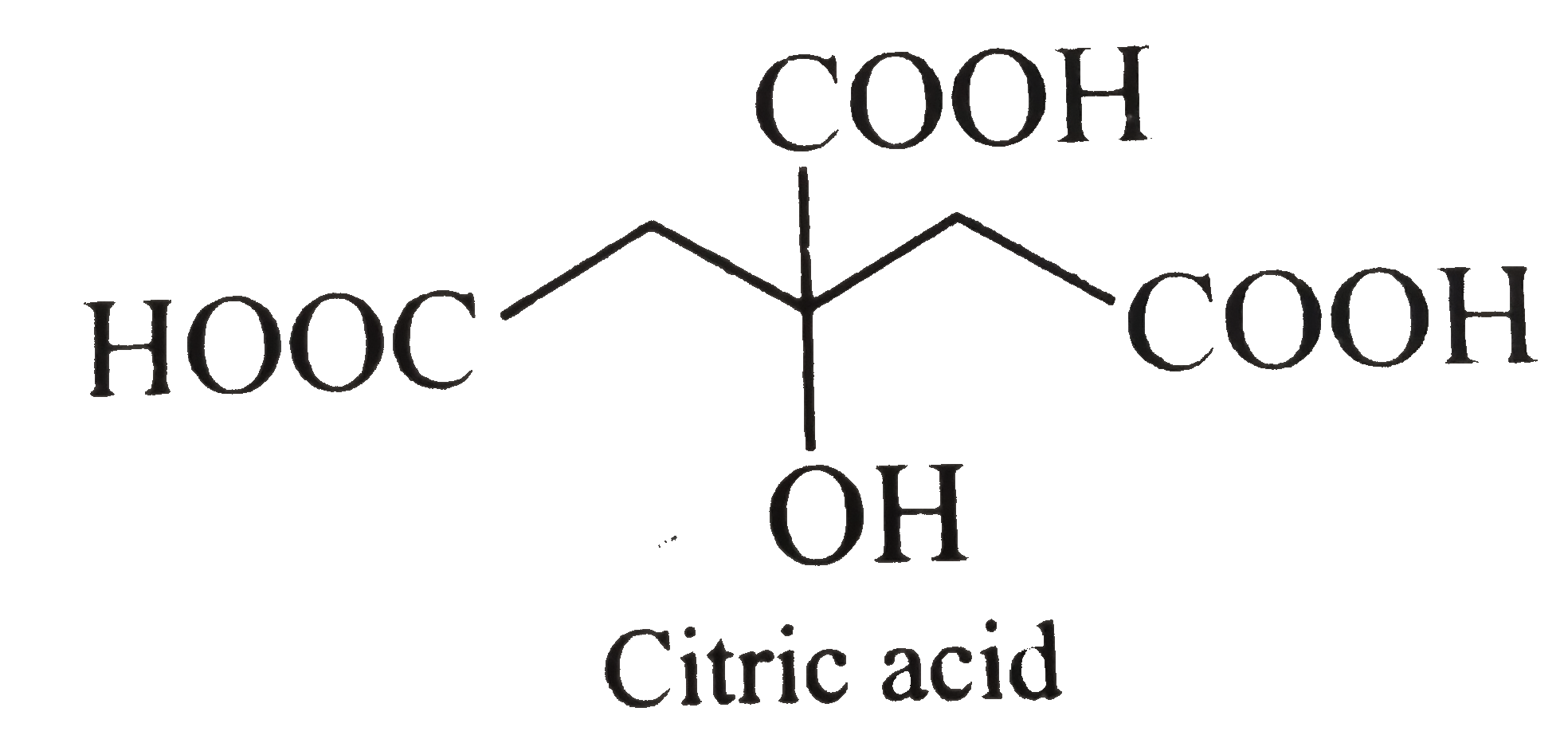The carbon atom of functional group in acid amide is
sp2 hybridized
sp hybridized
sp3 hybridized
dsp2 hybridized
The correct Answer is:A
To determine the hybridization of the carbon atom in the functional group of an acid amide, we will follow these steps:
Step 1: Identify the structure of the acid amide
The general structure of an acid amide is represented as R-C(=O)-NH₂, where R is a hydrocarbon group. The carbon atom in question is the one that is double-bonded to oxygen (the carbonyl carbon).
Step 2: Count the number of sigma bonds
To find the hybridization, we need to count the number of sigma bonds around the carbon atom:
- The carbon atom is bonded to:
- One carbon atom from the R group (1 sigma bond)
- One oxygen atom (double bond: 1 sigma bond)
- One nitrogen atom from the NH₂ group (1 sigma bond)
Thus, the total number of sigma bonds is:
- 1 (from R) + 1 (from O) + 1 (from N) = 3 sigma bonds.
Step 3: Count the number of lone pairs
Next, we check for lone pairs on the carbon atom:
- The carbon atom does not have any lone pairs.
Step 4: Consider any charges
In this case, there are no charges on the carbon atom.
Step 5: Calculate the steric number
The steric number (SN) can be calculated using the formula:
Steric Number=Number of Sigma Bonds+Number of Lone Pairs+Charge on Anion−Charge on Cation
Substituting the values we have:
Steric Number=3 (sigma bonds)+0 (lone pairs)+0 (charge on anion)−0 (charge on cation)=3
Step 6: Determine the hybridization
From the steric number, we can determine the hybridization:
- A steric number of 3 corresponds to sp² hybridization.
Conclusion
The carbon atom of the functional group in acid amide is sp² hybridized.
---
The general structure of an acid amide is represented as R-C(=O)-NH₂, where R is a hydrocarbon group. The carbon atom in question is the one that is double-bonded to oxygen (the carbonyl carbon).
To find the hybridization, we need to count the number of sigma bonds around the carbon atom:
- The carbon atom is bonded to:
- One carbon atom from the R group (1 sigma bond)
- One oxygen atom (double bond: 1 sigma bond)
- One nitrogen atom from the NH₂ group (1 sigma bond)
- 1 (from R) + 1 (from O) + 1 (from N) = 3 sigma bonds.
Next, we check for lone pairs on the carbon atom:
- The carbon atom does not have any lone pairs.
In this case, there are no charges on the carbon atom.
The steric number (SN) can be calculated using the formula:
Steric Number=Number of Sigma Bonds+Number of Lone Pairs+Charge on Anion−Charge on Cation
Steric Number=3 (sigma bonds)+0 (lone pairs)+0 (charge on anion)−0 (charge on cation)=3
From the steric number, we can determine the hybridization:
- A steric number of 3 corresponds to sp² hybridization.
The carbon atom of the functional group in acid amide is sp² hybridized.
Similar Questions
Knowledge Check
Fill in the blanks by suitable choices.
The carbon atom in carbonyl group is _____ hybridised. The carbonyl group in aldehydes and ketone undergoes____. The carbonyl group in aldehydes and ketones undergoes ______ reactions. Aldehydes which have α-H atom undergo ______ reaction while aldehydes which have no α-H atom undergo ______ reaction.Asp3 nucleophilic substitutions, aldol condensation, CannizzaroBsp, electrophilic substitution, Cannizzro, aldol condensationCsp2, nucleophilic addition, aldol condensation, CannizaroDsp3, electrophilic addition, Cannizzaro, aldol condensation
Name the following organic compounds:
i]. The compound with 3 carbon atoms whose functional group is a carboxyl.
ii] The first homologue whose general formula is C2H2n.
iii) The compound that reacts with acetic acid to form ethyl ethanoate.
iv] The compound formed by complete chlorination of ethyne.
View SolutionConsider reactions A through F. Those carbon atoms undergoing change, as part of a functional group, are marked as C12,C14 or starred. In the cases shown, each carbon atom has either been reduced or oxidized. Your job is to identify the change in oxidation state that has occurred for each of the marked carbon.

View SolutionState the meaning of functional group in a carbon compound. Write the functional group present in (i) ethanol and (ii) ethanoic acid and also draw their structures.
View SolutionMention the functional group of amino acids involved in the formation of a peptide bond.
View SolutionThe functional group which is found in amino acid is:
View SolutionAssertion (A) : The IUPAC name of the citric acid is 2-hydroxy-propane-1,2,3-tricarboxylic acid
Reason (R): When an unbranched C atom directly linked to more than two like-functional groups, then it is named as a dervative of the parent alkane which does not include the C of the functional groups.

View SolutionThe functional group which found in amino acid is
View Solution

